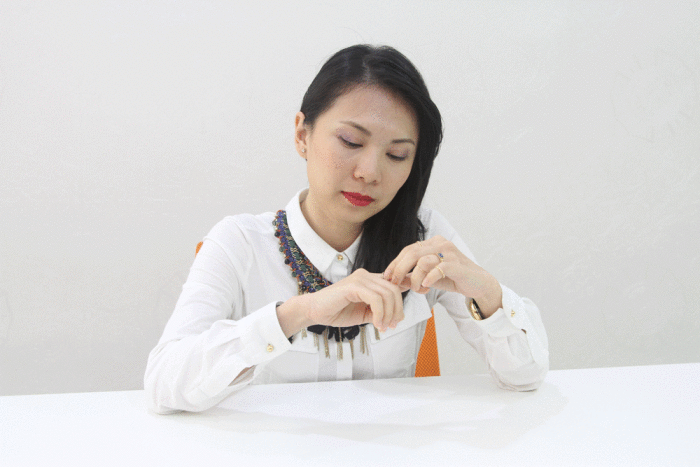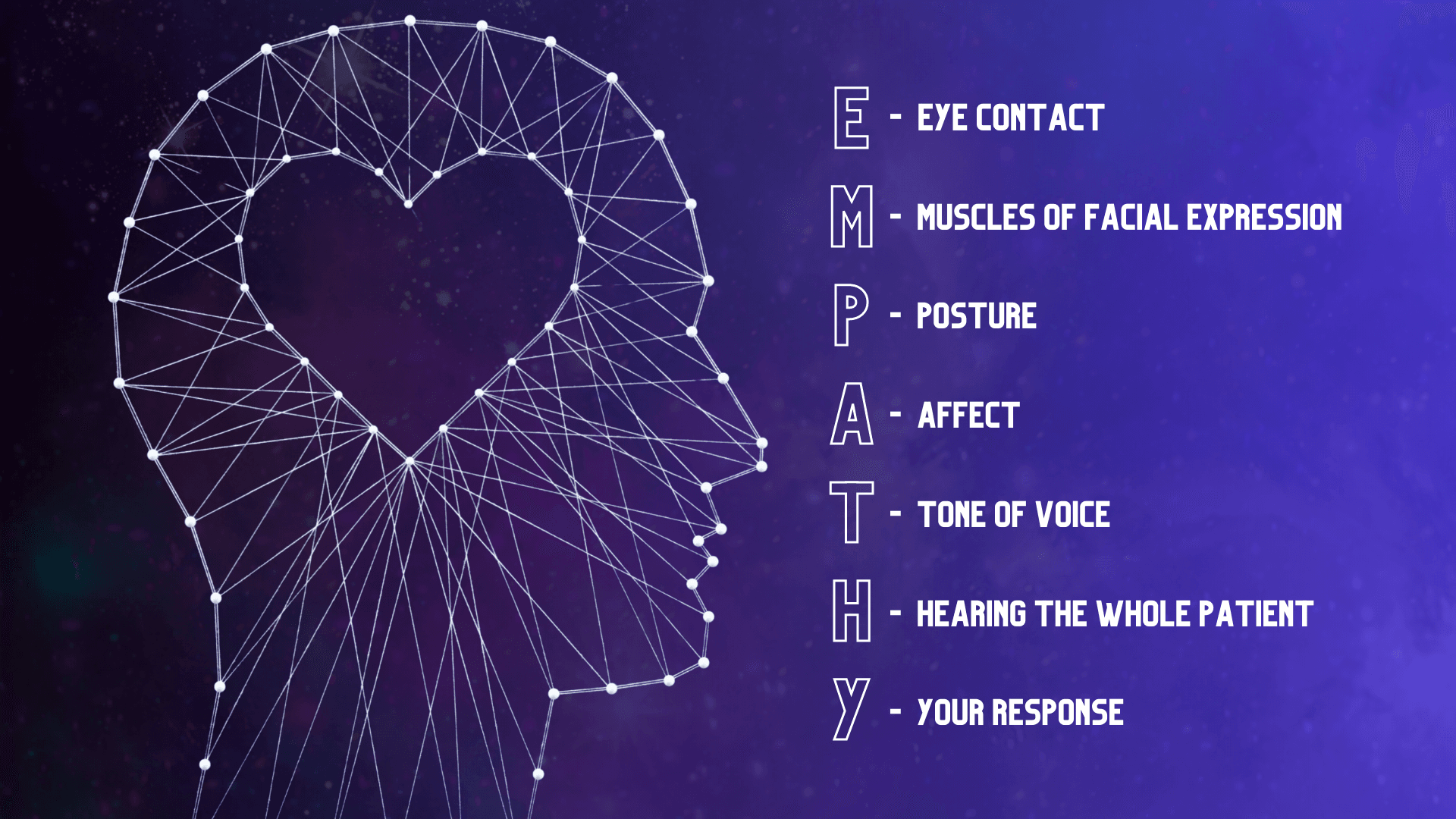Was That A Blink Or A Wink?

Your body language speaks volumes about you! (Part II)
In July, I posed five points on some of the lessons learnt from the body language of our workshop participants who attend corporate trainings. If you missed it, do access it here.
Now, here’s our continuation:
6 Is your body angled away or towards the speaker?
How you sit with your fellow teammates sends a signal of whether you are on good terms with them.
Your body will automatically angle away if you are disengaged with certain individuals. This aura of “disconnectedness” might continue during gatherings, such as lunch, whereby you will find yourself preferring to sit or talk with other people.
Lesson: When you find yourself not ready to make peace or see eye to eye with a colleague, it might help at that moment to take a seat that is not directly opposite that person.
Instead, try sitting diagonally from that person to diffuse the “confrontation”.
However, in a working environment, always maintain a good and professional working relationship with each other and not let trivial matters ruin the dynamics of a team.
7 Are you standing near or away from the speaker?
During group activities, whenever participants are asked to gather round, the extroverts are usually the first to get up and take quick, bold steps towards me.
On the other hand, introverts tend to take slower, smaller steps and place themselves not far from their original seats.
Lesson: Understand that everyone has a unique personality and we ought to embrace them for who they are.
Perhaps, as the speaker, you can encourage the introverts to step forward a little because “you don’t bite”.
The speaker should always encourage and not impose or look down on those who are not too comfortable being close to the speaker.
If you have the liberty to move about while presenting, make yourself approachable by engaging and moving nearer to those who are “far away” from you.
This gives a good impression that you are also including them as your participants and that the introverts matter too.
8 Do you keep still or constantly fidget?
One of the best indicators of participants needing a break during trainings is when people start looking at their wrist watch, twirling their pencils or flicking through their workbooks (a common sign to check on how much more there is to go before the session ends).
We also know boredom has probably kicked in when participants keep glancing at their mobile phones, or when their eyes begin looking to the door, as if hoping for someone to interrupt the class.
Lesson: Pen-twirling, foot-tapping, and leg-shaking can be distracting to the speaker and may divert the attention of other participants during a training session.
As a speaker, look out for these “boredom” cues and be graceful enough to initiate a five-minute break for them to leave the training room and freshen up.
Else, grab their attention by asking all of them to stand up and do some small stretching exercises to help them stay alert.
9 How many times have you yawned?
The two criteria which are my must-haves in any training sessions are:
- the lights must be bright – preferably white lights, and
- the air-conditioner must be cold
Our environment has a measurable impact on body language and the way it is displayed and observed.
If the room is filled with warm and yellow lights, or if the air-conditioner is not working properly, then we notice people starting to yawn, especially after lunch.
Even the seating layout has an impact on participants. With a classroom, theatre-styled seating, people tend to fold their arms more; whereas with cluster seating, participants tend to smile and talk more with one another.
Lesson: For participants, if you feel tired, do excuse yourself politely to go to the washroom to freshen up. Stretching your hands and legs discretely helps too.
Try to resist the urge to look sleepy by yawning, slumping over and sliding your body down. It would not reflect well on yourself, and it certainly is not respectful to the speaker.
10 How do you look?
The condition of your body sends a message to everyone whether you are comfortable with yourself or not. This is body language at its most basic and, as such, often overlooked.
There are many subtle indicators that tell other people about us. Often times, we consciously and subconsciously judge others based on what we see.
If I see an overweight person, for example, I would often assume the person indulges in food, whereas someone with a fit physique probably has self-discipline.
Of course, not all stereotypes are true. We wouldn’t know their entire history until we get to know them on a personal level.
There is also no evidence to say that men with thick eyebrows are untrustworthy or that women with “boy-ish” looking haircuts are unfeminine.
Most importantly, ask yourself this question, are you comfortable in your own skin?
Lesson: Our physical bodies are often testaments to our lifestyles and our health. Ensure that your health is well taken care of first.
When you are in the peak of your health, your radiance and confidence will automatically show even with minimal grooming and make-up.
If you worry about your own body odour, you can always fix it by bringing a deodorant spray.
Your body language not only sends powerful messages to those around you, but it also sends powerful messages to your own brain, which in turn influences your attitude.
This is through a concept called neuro-linguistic programming, a concept that focuses on how the mind and body can influence beliefs and feelings.
Think of it as a form of self-talk. If you say positive things to yourself, you are more likely to start believing those positive things.
The same holds true for your body language and what it says to you. So the next time you feel a little nervous, stand up straight, slow down your pace, breathe, and soon you will find the butterflies in your stomach slowly disappearing.
All the best!
Wendy Lee is president of Mabic (Malaysian Association of Brand & Image Consultants) and a director of BII (Brand Image International Institute). She is a firm believer that with style… there must be substance! Click here for the first instalment of Body Language by Wendy Lee. Contact us at editor@leaderonomics.com.
Personal




